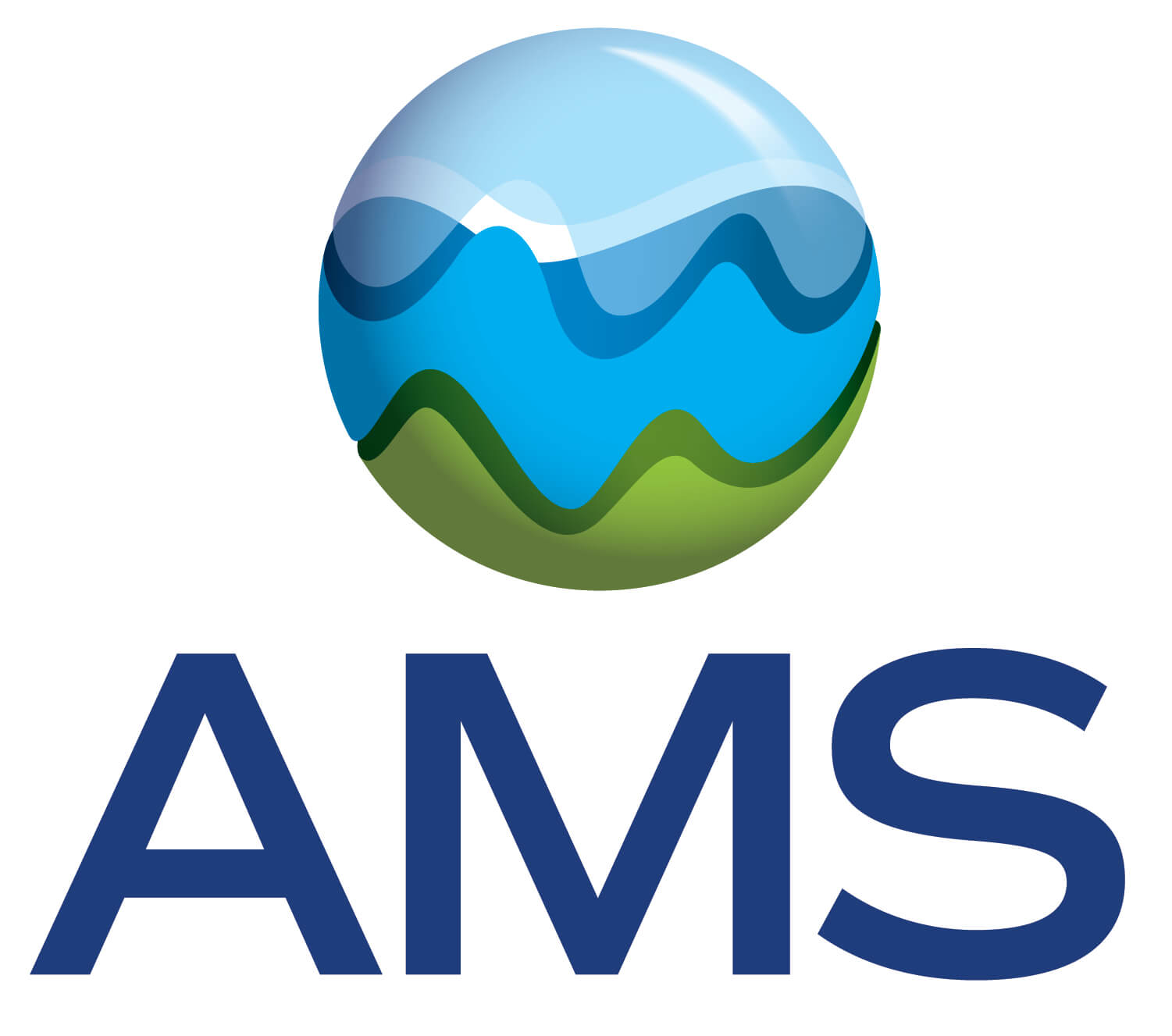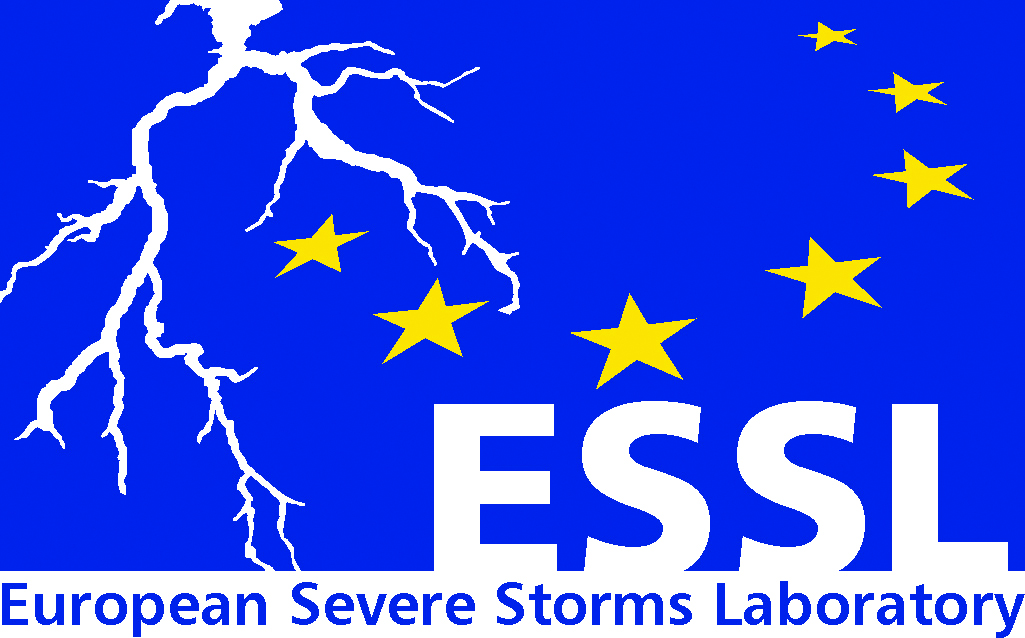Concerns about climate change are growing as extreme events such as heat waves, droughts and storms become more frequent and intense. Together with the reduction of green-house gas emissions to reduce climate change, scenarios for adapting to climate change need to be developed, for instance in cities during heatwaves. In the latter case, the scenarios depend upon the distribution of the air temperature field close to the ground. How does this temperature field depend upon the large-scale variability of the heatwave episodes is a key question to design the scenarios. This question is particularly relevant when the temperature distribution at the bottom of an urbanized alpine valley is considered. This question is addressed in this paper, for the Grenoble valley.
Three 30-year periods are considered, in the past around 2005, and in the future around 2050 and 2070. ERA5 reanalysis are used for the past period and data from the Regional Atmospheric Model (MAR) forced by the global climate model MPI are used for the future periods. WRF simulation data of the Grenoble valley boundary layer for a few past and future heatwaves are also considered.
Heatwaves during the three 30-year periods are first identified and an indicator is sought to characterize their variability. The large-scale wind speed at 700 hPa over the Grenoble valley appears to be a good indicator to analyze the impact of the heatwave variability on the bottom-valley flow.
When the large-scale wind speed is smaller than 10 m/s (this is the case for the majority of heatwaves of this analysis), a decoupling is generally observed between the large-scale wind and the bottom-valley flow. The latter flow is then of thermal origin. The temperature field is therefore controlled by the thermal wind and does not depend upon the heatwave episode. More precisely, during daytime, the main factor influencing the temperature field is the land cover, while at night, the temperature field is sensitive to local mixing induced by the thermal wind. For all heatwave episodes associated with a small large-scale wind speed, the wind comes from the North due to the center of the Omega weather pattern to be located on the west of France.
When the large-scale wind speed is greater than 10 m/s, the coupling with the bottom valley flow occurs through momentum transfer (see Doran and Whiteman 1994). The temperature field still does not depend upon the heatwave episode during the day, being controlled again by the land cover. During nighttime, by contrast, the temperature field depends upon the large-scale wind. However, for all heatwave episodes associated with a high large-scale wind speed, the wind comes from the South-West implying that the temperature field is eventually the same whatever the episode.















